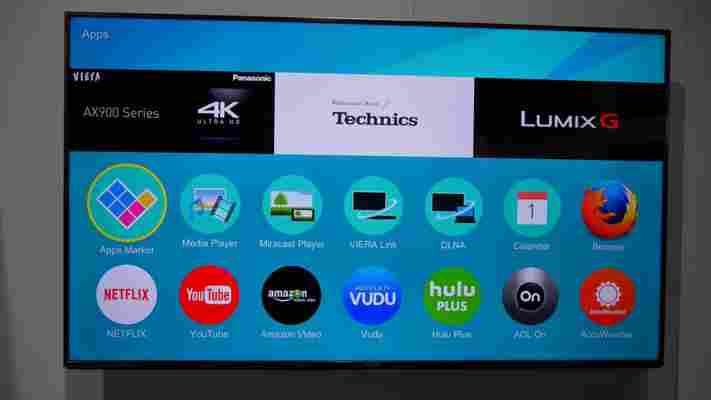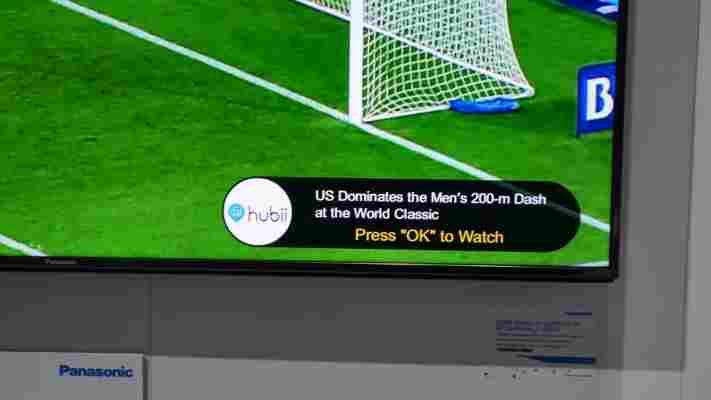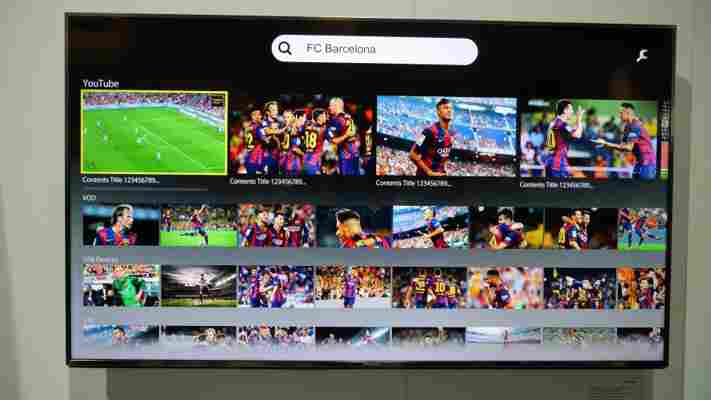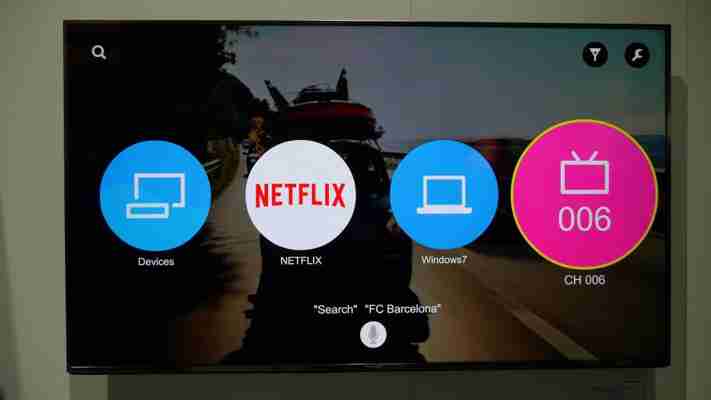February 24,2022
Panasonic Firefox OS Smart TV review - first look
by David Stewart
Panasonic's ability to make TVs with brilliant picture quality has never been in doubt, but at the same time the company has consistently struggled to build a coherent Smart TV interface to match. Last year's My Home Screen was a jumbled mess of different icons, pages and shortcuts, which paled in comparison to simpler, more intuitive interfaces from the likes of Sony, Samsung and LG. That will all change for 2015, as Panasonic has teamed up with Mozilla to bring Firefox OS to TVs . A completely redesigned interface, greater levels of customisation and an open platform for apps and services might give the company's TV range the shot in the arm it sorely needs.
We got the chance to see Firefox OS in action on Panasonic's stand here at CES, in order to bring you some first impressions.

With an incredibly minimal UI, made up almost entirely of circular icons, Firefox OS is delightfully simple. Everything is flat and brightly coloured, ironically sharing a lot with Google's Android 5.0 Lollipop Material Design UI. Pressing the home button will initially display shortcuts for live TV, apps and devices; these fill the screen, with the currently playing channel still partially visible in the background. Your three most recently used channels, devices or apps appear directly below the main shortcuts, dynamically changing as you use the TV.
You can also pin any app, device or channel shortcut to the home screen, slotting in to the right of the three initial shortcuts. This means you could have Netflix, a specific TV channel, an HDMI input dedicated to a games console or a networked PC always available on the main screen, letting you jump into it quickly.
Diving into the Apps page reveals the usual collection of on-demand and catch-up services, including Netflix, Amazon Prime Instant Video, YouTube and Hulu, with Panasonic promising many more in time for launch depending on the country. Naturally there's a full Firefox web browser here as well, along with an app store for adding more services.
There also appears to be an icon for Miracast, suggesting Panasonic won't be supporting the alternative open protocol Mozilla has been developing in partnership with Matchstick. Second screen controls and smartphone apps are apparently planned, although it's not clear if these will be ready for launch.

Notifications appear in the bottom of the screen when you're watching TV, pushed from apps and services installed on the set. If you've configured a sports news app to inform you of goals on match day, notifications will appear whenever your team scores. You can then select the notification to jump straight into the app and get the details. Panasonic eventually expects smart appliances and household items to be able to send notifications to the system, so you could feasibly be told when your washing machine has finished cleaning your clothes or your thermostat has reached a certain temperature.
A universal search can pull up results from live TV channels, YouTube, on-demand video services and multimedia files on an attached USB flash drive. Rather than use a fiddly onscreen keyboard, a microphone built into the remote control lets you speak your requests. Speaking of controls, it's not clear if Panasonic will be introducing a simpler remote to match the minimal UI, or if it will retain the classic remote which has more buttons than virtually all of its competitors.

While the demo was certainly impressive, the fact that it was essentially a non-interactive video rather than something tangible we could control doesn't inspire confidence in the platform. While it looked incredibly fast and responsive in the clips, that's no indication of real world performance.
The fact that Panasonic is only introducing it on a single model, rather than rolling it across the entire range, suggests the company has reservations too, which is a shame; Firefox OS was arguably the most interesting Smart TV system on display at CES this year, so we're hoping it will be available in greater numbers sooner rather than later.
Of course, Panasonic isn't the only TV manufacturer to turn to a mobile operating system for their 2015 Smart TVs. We'll have to wait until later in the year when Sony's Android TV-powered sets and Samsung's Tizen TVs arrive to see whether Firefox OS is the Smart TV revelation Panasonic sorely needs.







